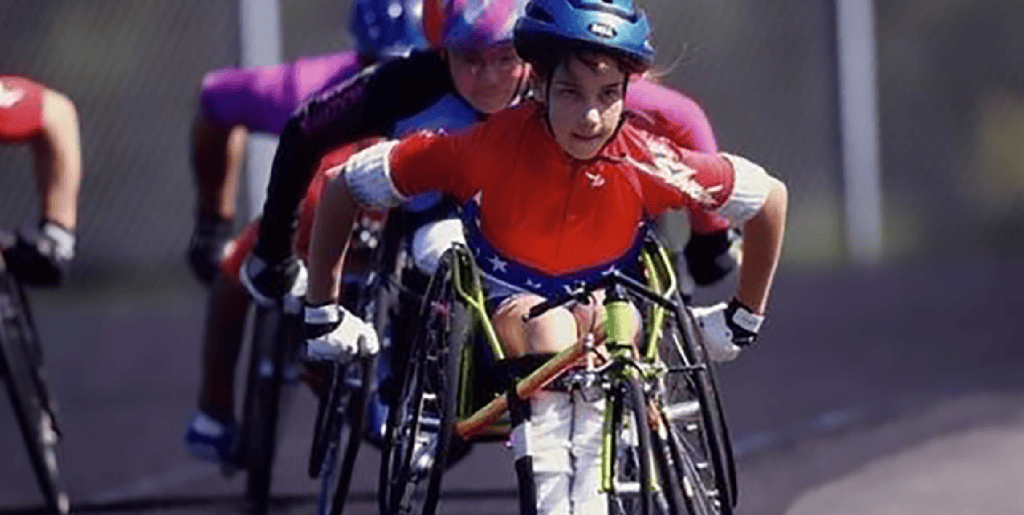PCA Resource zone
Laying a Foundation for Disability Awareness

This is a collaborative resource developed in partnership with All in Sport Consulting and USA Adapted Powerlifting.
Disability is the world’s largest minority population with 61 million Americans having a disability. Coaches’ intent on creating positive youth sports experiences where all athletes feel they belong can start by reviewing the following resources that will lay a foundation for disability awareness that helps coaches grow their understanding of disability basics and disability language.
Disability Basics
Disability encompasses 15-20% of the population; that’s nearly one disabled individual in every family
Disability encompasses those with visible and invisible disabilities:
▪ 70% of disabilities are invisible
▪ 30% are visible
Disability does not discriminate. It touches and intersects with:
▪ Every community
▪ Every race and ethnicity
▪ Every religion
▪ All ages
▪ Sexual identity
▪ Socioeconomic status
Diversity of Disability
The disability community is vastly diverse. Disability is different and unique for everyone. Example: Those with congenital limb loss will have a different experience with their disability than those that may experience an amputation later in life due to illness or injury. 83% of individuals with a disability acquire their disability after birth; 17% of the disability population are born with their disability.
Disability Language Matters
The words you use can impact an athlete’s sense of belonging and inclusion on your team. Be intentional about how you talk to and about your athletes. Here are some terms/phrases related to disability to avoid as they are viewed as outdated and offensive:
- Handicapped
- Crippled
- “Confined” to a wheelchair and wheelchair-bound
▪ a respectful alternative is wheelchair user or uses a wheelchair - Victim of
- Suffered or suffers from
▪ Recommend using “experienced” a spinal cord injury, experiences seizures - Afflicted by
- Stricken
- The disability community also recommends avoid using the following euphemisms
▪ Physically-challenged
▪ Differently-abled
▪ It is encouraged to stop using “Special Needs”
Contemporary disability leaders and advocates recommend using the following words/phrases to respectfully acknowledge person and identity-first language. When addressing an athlete with a disability, make sure to first ask them (or their parent/caregiver) what term/s they prefer:
- Using person-first language: Acknowledges an individual as a person first and then their disability. It recognizes disability is not the most important part of a person’s identity.
▪ Swimmer with cerebral palsy
▪ Student/athlete with limb loss
▪ Athlete who plays wheelchair tennis - Using identity-first language: Acknowledges one’s disability as a primary part of their identity. Using identity-first language helps strengthen the disability community and acknowledges pride in one’s disability.
▪ Yes, you can call me disabled
▪ An individual with a recent diagnosis may not be comfortable with Identity-first language as they may be coming to terms with their identify and being a part of the disabled community
▪ Examples: Blind runner, amputee soccer player
At some point while coaching a child with a disability, one’s disability and appropriate terms associated with their disability become secondary while their passion and interest in sport becomes the primary focus.
Additional recommendations on appropriate/respectful language can be found in, Demystifying Disability – What to Know, What to Say and How to be an Ally, by Emily Ladau